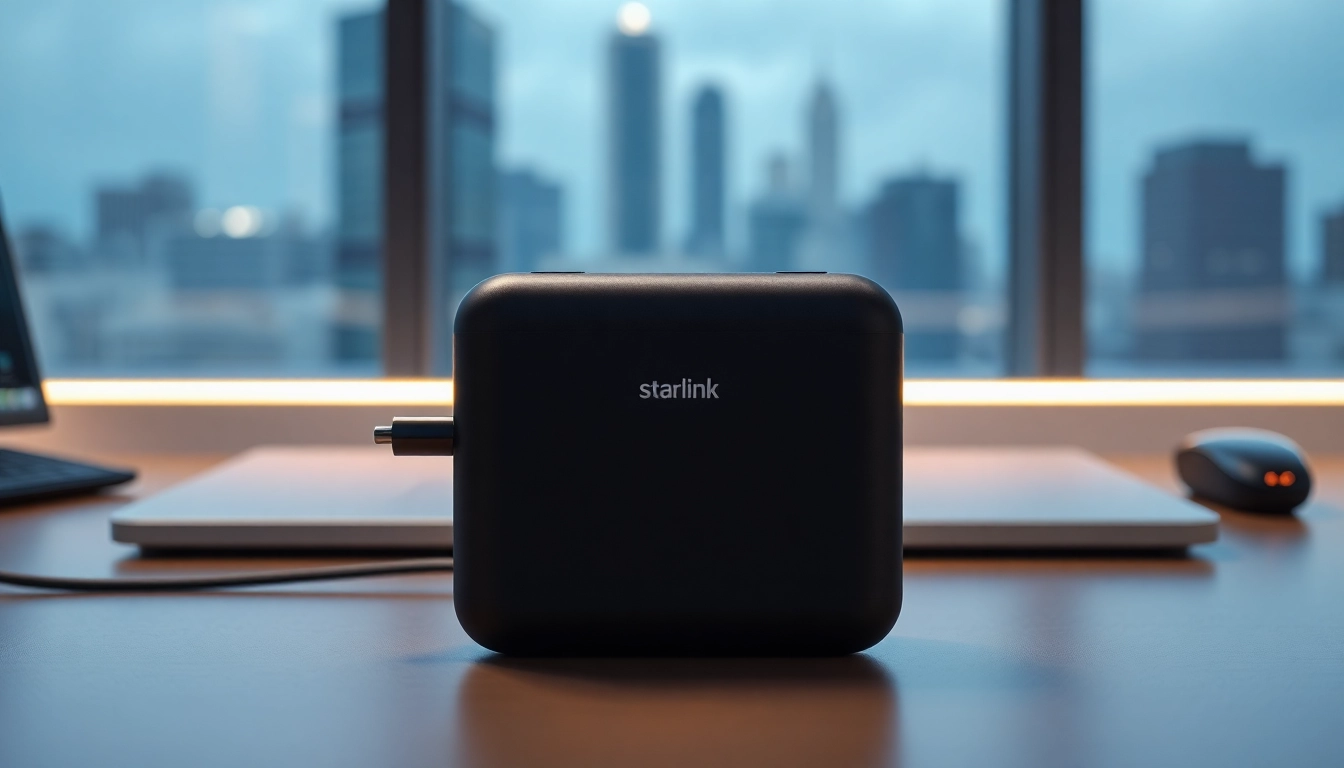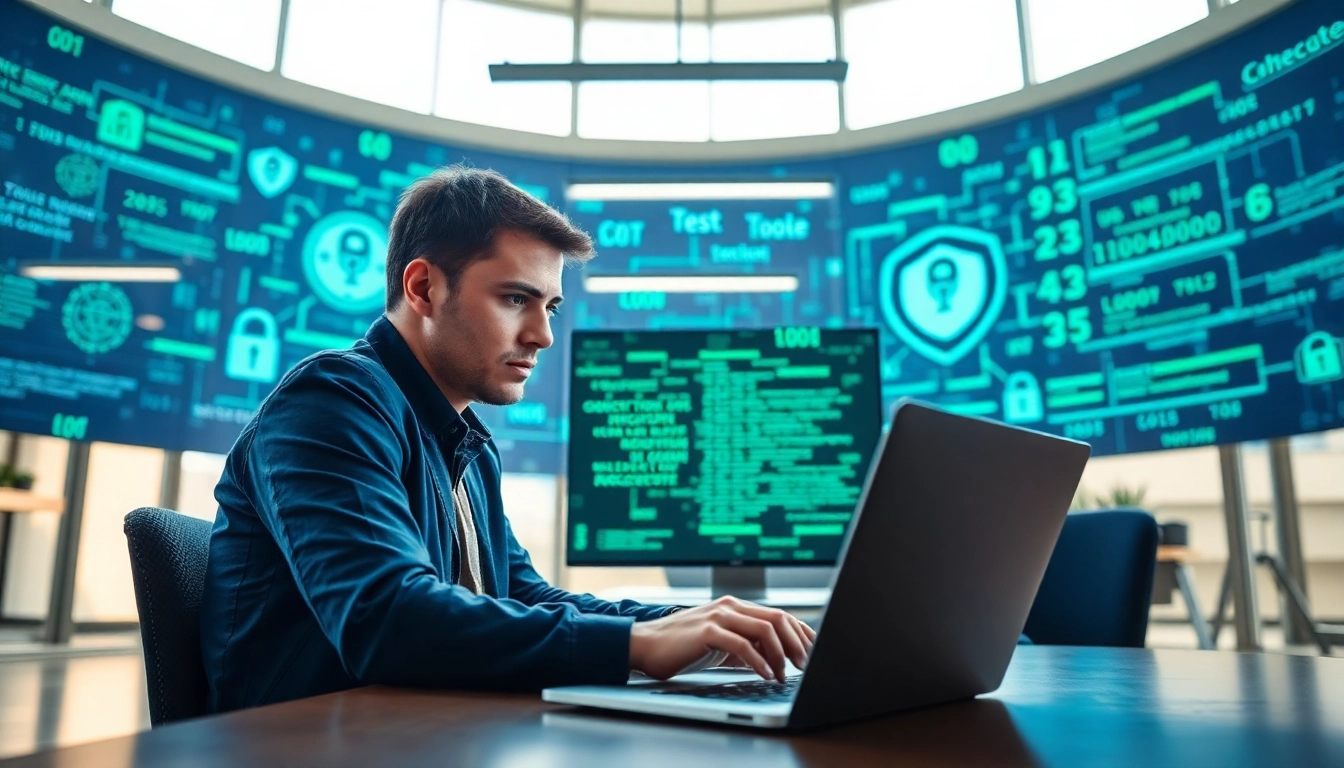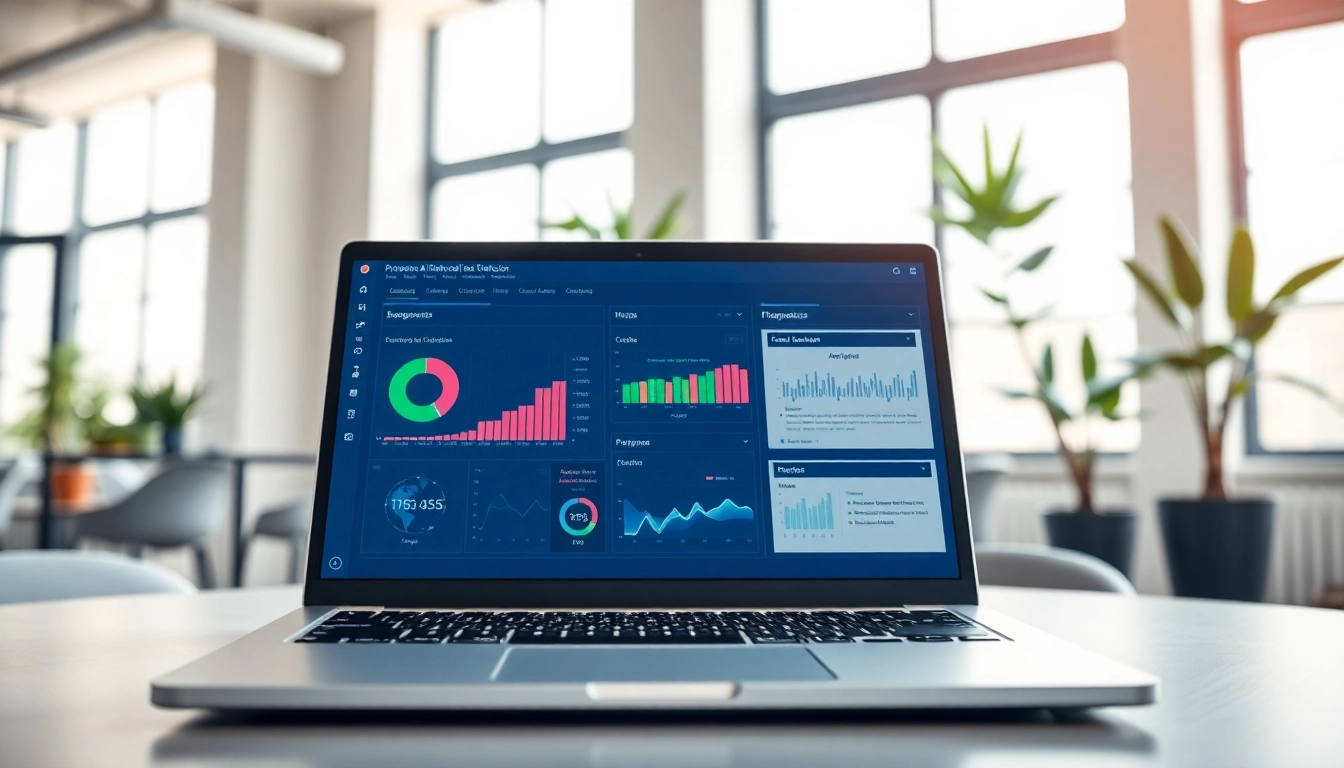1. What is Digital Proof of Ownership?
In an increasingly digital world, establishing and verifying ownership of assets has become paramount for consumers and businesses alike. Digital proof of ownership serves as a fundamental mechanism that confirms ownership in the realm of digital assets—be it cryptocurrency, creative works, or other forms of digital property.
1.1 Defining Digital Ownership
Digital ownership refers to the legal rights a person or entity holds over digital assets. Unlike physical assets, where ownership is more straightforward, digital ownership can be complex due to the nature of digital items which can be easily copied, shared, or transferred. Digital ownership often involves several layers of verification, such as encryption, cryptographic keys, digital signatures, and in some cases, the application of blockchain technology.
1.2 Importance of Proof in the Digital Age
Proof of ownership is crucial in the digital age for multiple reasons. Firstly, it establishes trust between parties involved in transactions. By verifying ownership through a reliable system, one can mitigate the risks of fraud and disputes. Furthermore, as digital assets become increasingly intertwined with everyday transactions—such as digital art through NFTs or domain names—proof of ownership becomes essential in defining legal rights and facilitating transactions.
1.3 Common Applications of Digital Proof
Digital proof of ownership can be applied across a wide variety of domains. Some notable examples include:
- Cryptocurrency: Ownership of cryptocurrencies is proven through wallet addresses, which are secured by private keys.
- Non-Fungible Tokens (NFTs): NFTs serve as unique digital assets that represent ownership of specific digital or physical items.
- Digital Certificates: Academic or professional certificates can be issued and verified digitally, assuring authenticity.
- Real Estate: Virtual deeds can be stored on blockchain to secure ownership of properties in the digital real estate market.
2. How Does Blockchain Facilitate Digital Proof of Ownership?
2.1 Introduction to Blockchain Technology
Blockchain technology is a decentralized ledger that records transactions across numerous computers so that the registered transaction cannot be altered retroactively. This immutability ensures that ownership records remain secure and trustworthy. Initially developed for Bitcoin, blockchain technology has extended its reach into various sectors, providing innovative solutions for managing digital ownership.
2.2 Mechanisms of Digital Ownership Verification
Digital ownership verification through blockchain occurs via a series of cryptographic algorithms and consensus protocols. Each digital asset is linked to a unique cryptographic key that verifies the ownership against a public ledger. When an asset is traded or sold, the transaction is recorded on the blockchain, updating the ownership records in real-time. This transparency allows anyone to verify ownership without needing a central authority.
2.3 Benefits of Using Blockchain for Proof of Ownership
The benefits of utilizing blockchain for verifying digital ownership are manifold:
- Decentralization: Reduces the risk of fraud as there is no central authority controlling ownership records.
- Transparency: All transactions are recorded in a public ledger, allowing anyone to verify ownership at any time.
- Security: Cryptographic techniques ensure that ownership is protected against unauthorized access or alterations.
- Traceability: Blockchain records allow for easy tracing of an asset’s history, facilitating easier audits or disputes.
3. The Role of NFTs in Digital Proof of Ownership
3.1 Understanding Non-Fungible Tokens
Non-Fungible Tokens (NFTs) are unique digital tokens that represent ownership of a specific item or piece of content on a blockchain. Unlike cryptocurrencies such as Bitcoin or Ether, which are fungible and can be exchanged for one another, NFTs are certified as one-of-a-kind and cannot be directly interchanged. This uniqueness makes NFTs valuable, especially in art, music, gaming, and collectibles.
3.2 NFTs as Digital Proof of Ownership
Along with their uniqueness, NFTs serve as digital proof of ownership by linking the rights of the digital item to a specific cryptographic token on the blockchain. Once minted, an NFT embeds information about the asset, its creator, and its transaction history. This means that when an individual holds an NFT, they possess verifiable proof of ownership—transferring rights only occurs through transferring the NFT itself.
3.3 Legal Aspects of NFT Ownership
While NFTs establish ownership on a blockchain level, the legal implications can be a gray area. Ownership of an NFT does not necessarily confer copyright or other rights associated with the asset it represents—these are often governed by the terms set by the creator. As legal frameworks evolve, understanding the distinction between owning an NFT and owning the copyright to the underlying asset is critical for buyers and sellers in this marketplace.
4. Challenges and Considerations Surrounding Digital Proof
4.1 Common Risks in Digital Ownership
Despite the advantages that digital proof of ownership brings, several significant challenges persist:
- Fraud: Digital assets can still be subject to counterfeit or fraudulent selling, especially if proper verification systems aren’t in place.
- Lack of Regulation: Legal frameworks regarding digital ownership—including NFTs—are still developing, leaving space for misinterpretation and disagreements.
- Loss of Access: Losing access to a digital wallet (through forgotten passwords or technical issues) can lead to irreversible loss of assets and proof of ownership.
4.2 Addressing Counterfeiting and Fraud
Counterfeiting, particularly in digital art and collectibles, has emerged as a pressing concern. Sellers must exercise diligence, employing strategies like watermarking, transparent minting processes, and ongoing audits of asset provenance to combat fraud effectively.
4.3 Future Outlook for Digital Proof Solutions
As technology advances, so too do the solutions for ensuring digital proof of ownership. Innovations in blockchain technology, coupled with increasing collaboration among industry stakeholders, promise a more secure and standardized approach to digital asset ownership verification in the future.
5. Best Practices for Implementing Digital Proof of Ownership
5.1 Evaluating Digital Proof Solutions
Selecting the right solution for proving digital ownership is vital. Organizations must assess various factors such as the technology’s scalability, security features, user adoption rates, and compliance with applicable regulations. Solutions should not only utilize advanced cryptographic methods but also facilitate seamless user experiences that make it easy for end-users to understand ownership mechanisms.
5.2 Steps to Establish Digital Ownership
Establishing digital ownership involves several steps:
- Asset Identification: Clearly define the digital asset that requires ownership verification.
- Choose a Platform: Select a blockchain platform suitable for your assets.
- Create or Mint: Generate the NFT or digital certificate that will represent ownership.
- Documentation: Maintain a detailed record of the asset’s creation and ownership history.
- Public Verification: Ensure the ownership can be externally verified through a public ledger.
5.3 Monitoring and Verification Mechanisms
The implementation of monitoring systems to ensure the integrity of proof of ownership is crucial. Regular audits, real-time access to ownership records, and community feedback can create a feedback loop that maintains trust and transparency within digital asset transactions.















Leave a Reply